Linux基础002-Linux常用命令
Linux常用命令
Linux常用命令(文件、网络、性能)

文件


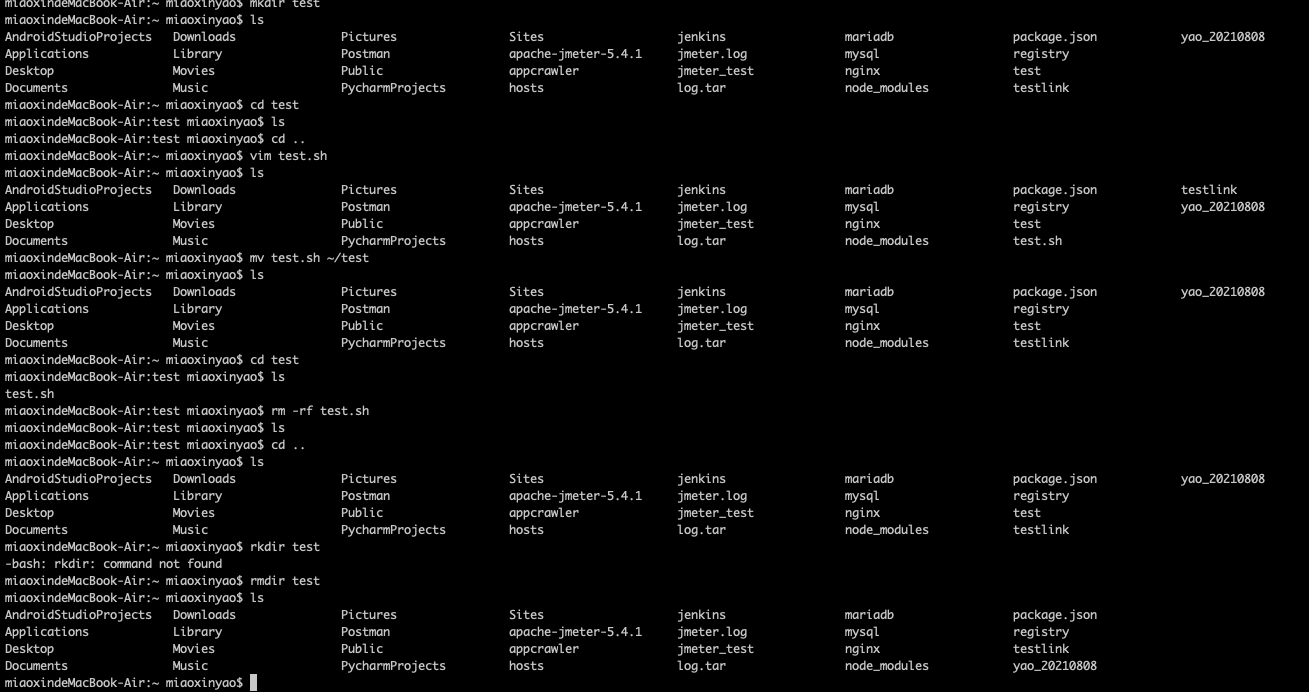
文件属性
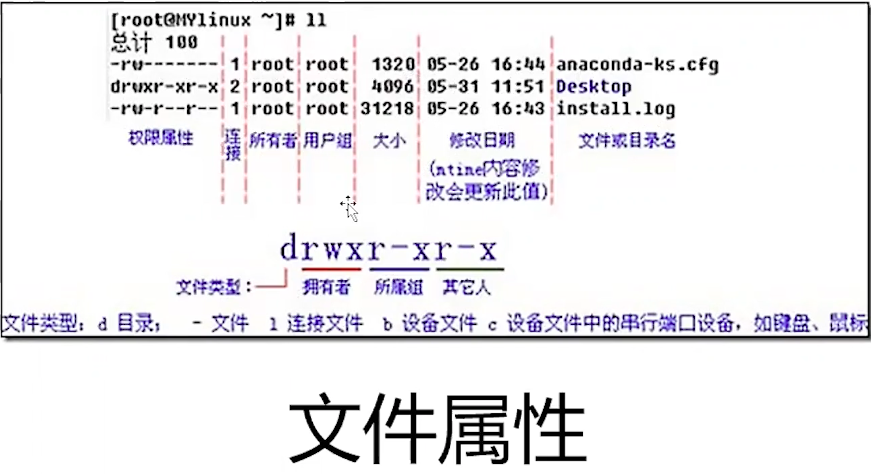
第一个root:代表所属者
第二个root:代表所属组
修改文件属性
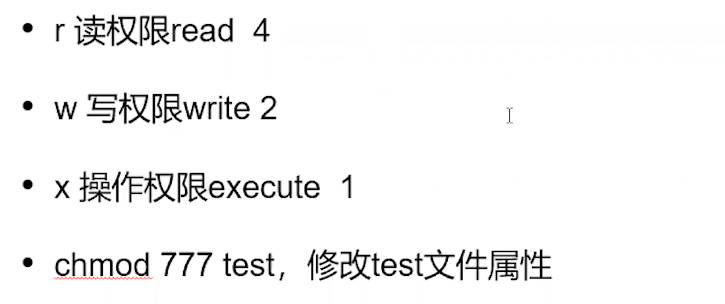
实战:查看和修改文件属性

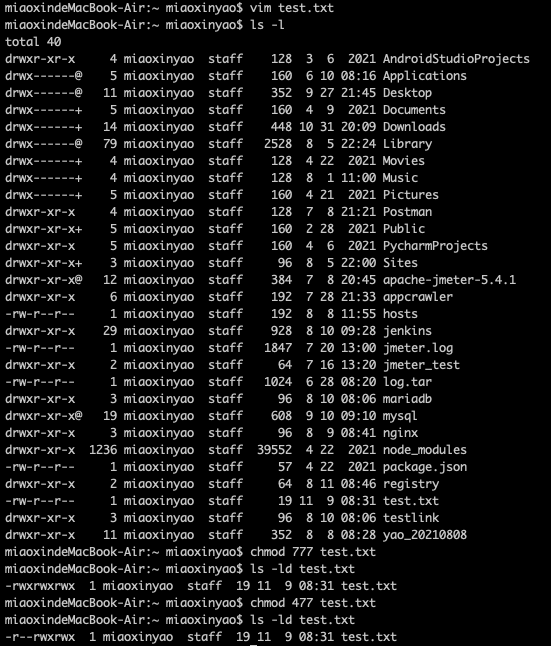
网络


实战:网络系统的状态信息
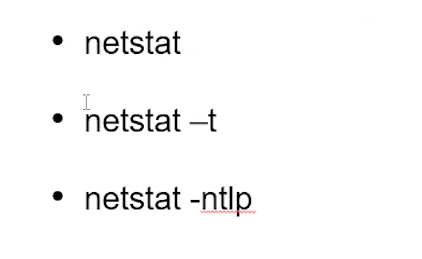
性能

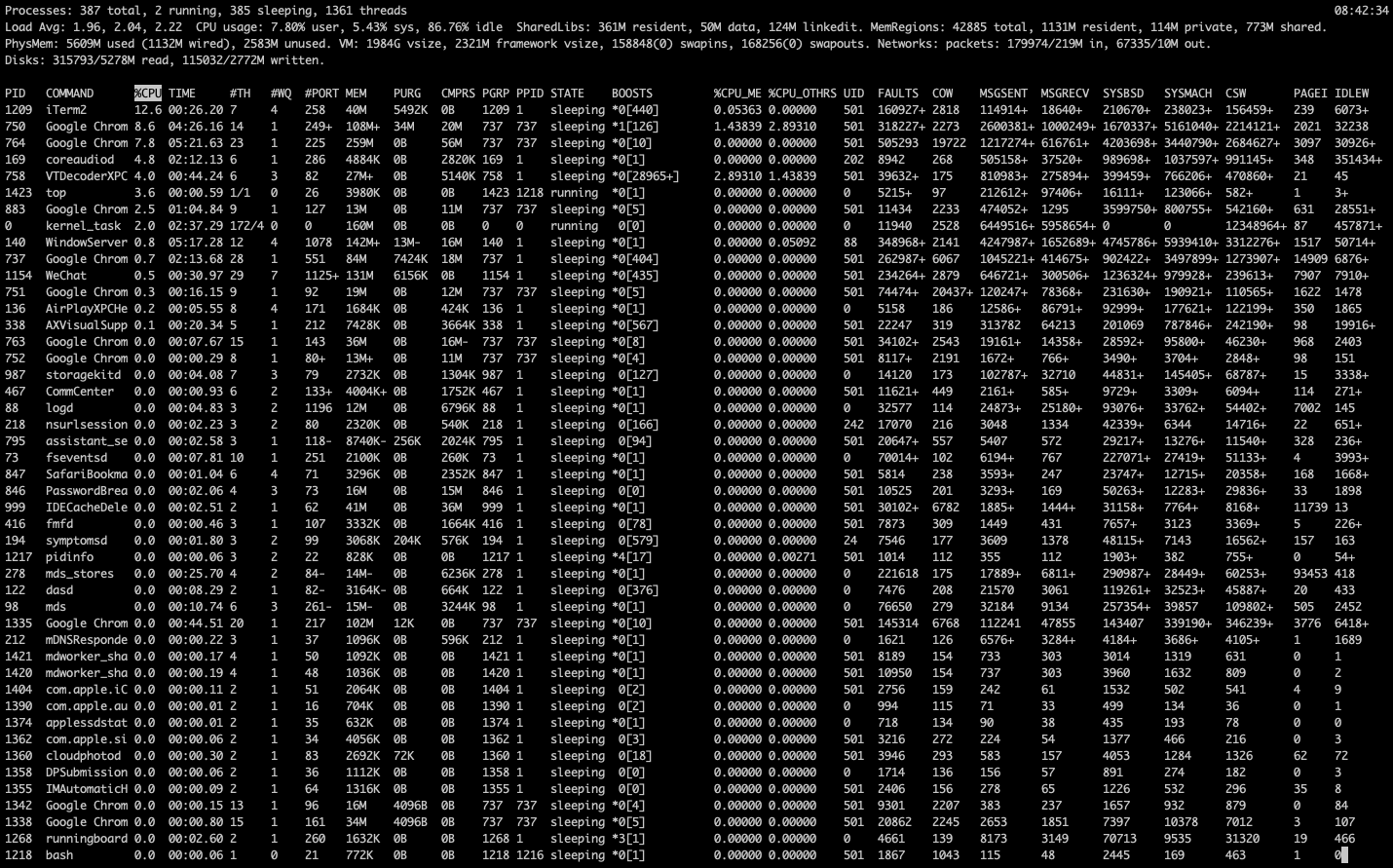

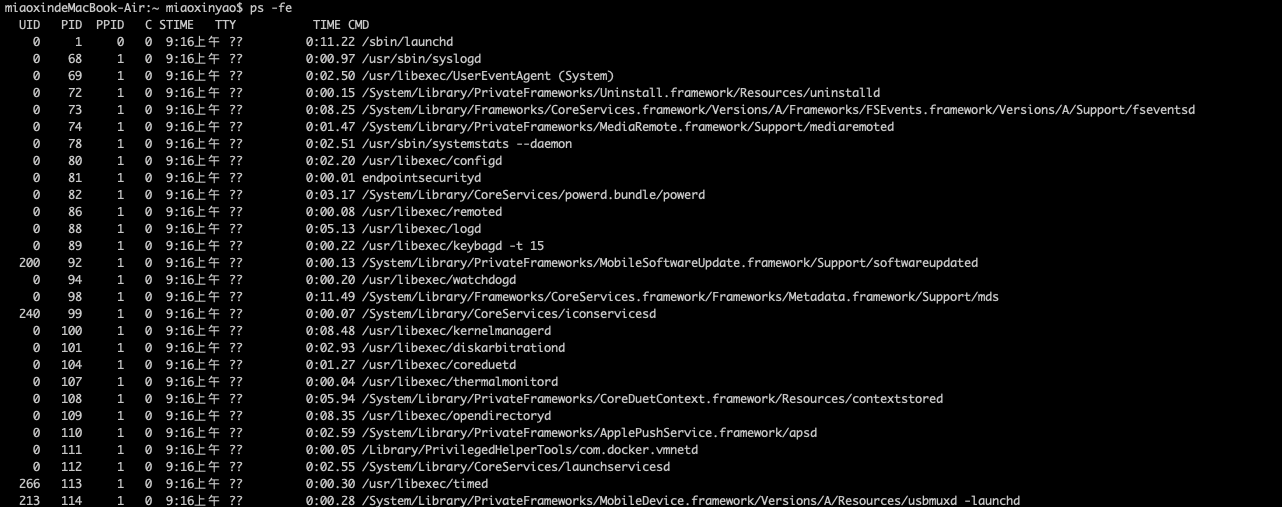
ps aux 和ps -ef
两者的输出结果差别不大,但展示风格不同。aux是BSD风格,-ef是System V风格。这是次要的区别,一个影响使用的区别是aux会截断command列,而-ef不会。当结合grep时这种区别会影响到结果。
特别注意
很多人一直在使用ps -aux,其实这种用法是错误的,应该使用ps aux和ps -fe。man ps的第一页有一段话:
Note that "ps -aux" is distinct from "ps aux". The POSIX and UNIX standards require that "ps -aux" print all processes owned by a user named "x", as well as printing all processes that would be selected by the -a option. If the user named "x" does not exist, this ps may interpret the command as "ps aux" instead and print a warning. This behavior is intended to aid in transitioning old scripts and habits. It is fragile, subject to change, and thus should not be relied upon.
翻译如下
请注意"ps -aux"不同于"ps aux"。POSIX和UNIX的标准要求"ps -aux"打印用户名为"x"的用户的所有进程,以及打印所有将由-a选项选择的过程。如果用户名为"x"不存在,ps的将会解释为"ps aux",而且会打印一个警告。这种行为是为了帮助转换旧脚本和习惯。它是脆弱的,即将更改,因此不应依赖。
如果你运行ps -aux >/dev/null,那么你就会得到下面这行警告信息
Warning: bad ps syntax, perhaps a bogus '-'? See http://procps.sf.net/faq.html
如果你在cygwin上运行ps -aux,那么你会得到下面的警告信息
ps: user x unknown


